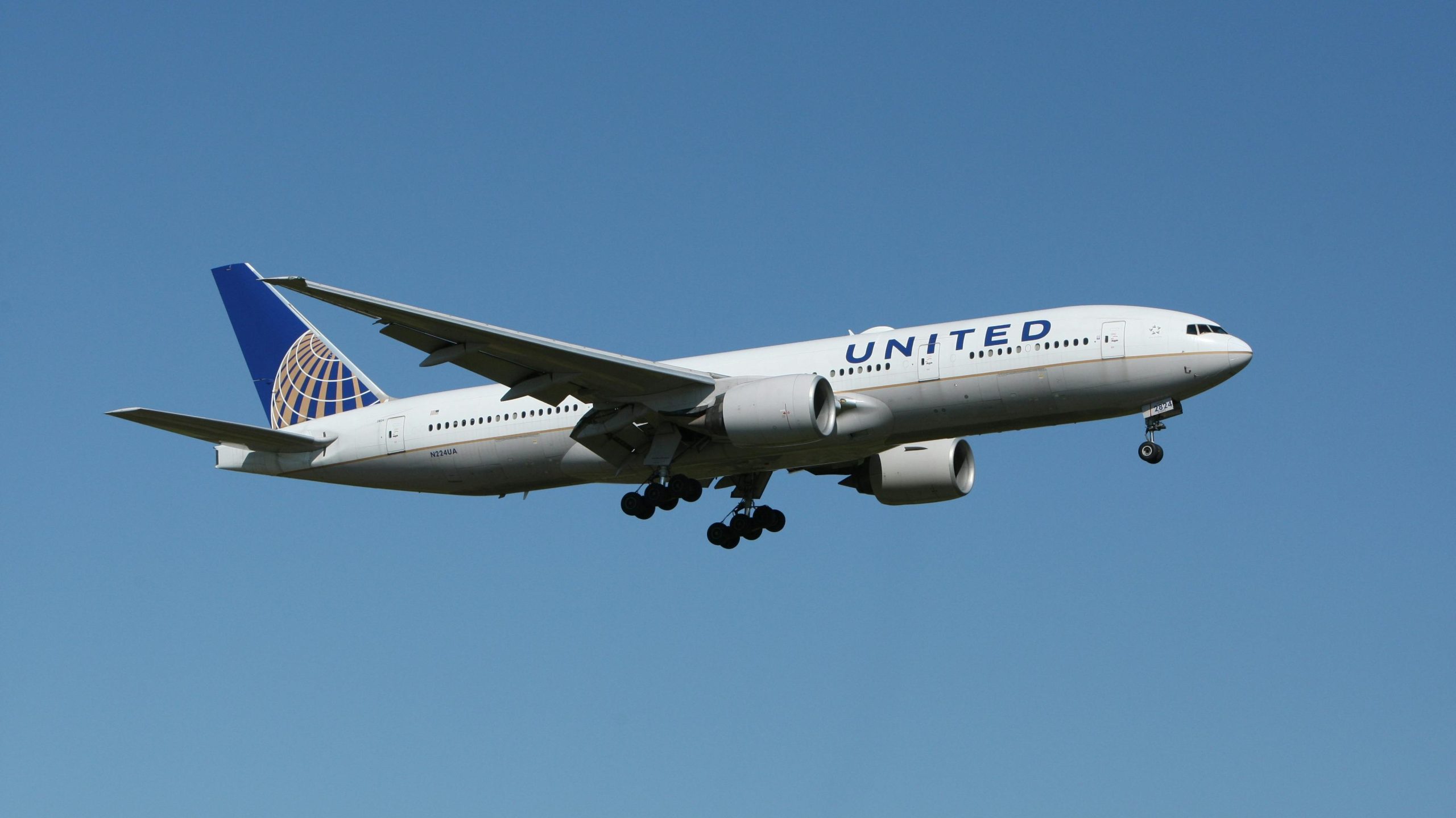Anúncios

What Are United Fare Classes?
United fare classes refer to the categories that United Airlines uses to differentiate between the various types of tickets they offer. Each fare class is assigned a specific code, which determines the ticket’s price, flexibility, seat availability, and the perks associated with it. These fare classes are not just about how much you pay; they also impact your ability to make changes, earn frequent flyer miles, and access premium services such as upgrades.
Understanding United fare classes can help travelers make more informed decisions. For example, if you’re looking for the lowest price and don’t mind restrictions, Basic Economy might suit your needs. However, if you value flexibility, the ability to select your seat, and priority boarding, you might want to opt for a higher fare class such as Economy or Premium Economy. Knowing the difference between these fare classes can save you money and time.
United Airlines uses a single-letter code system to represent different fare classes. These codes can include “Y” for full-fare economy, “B” for discounted economy, or “J” for business class.
The fare class system allows airlines like United to offer a range of pricing options to cater to different customer needs, from budget-conscious travelers to those seeking luxury and flexibility.
Besides, the most important takeaway for travelers is that the fare class you choose will affect your entire travel experience, from booking to boarding and beyond.
The Main Types of United Airlines Fare Classes
United Airlines offers several types of fare classes, each tailored to meet different traveler preferences. Whether you’re looking for the lowest possible fare or the most luxurious experience, the most common fare classes include Basic Economy, Economy, and Premium. Each of them has its own unique set of features and restrictions.
- Basic Economy: This is the most affordable fare class offered by United Airlines, but it comes with numerous restrictions. Travelers with Basic Economy tickets are usually assigned seats at check-in, have limited access to overhead bins, and are among the last to board. Additionally, these tickets typically do not allow for refunds, changes, or upgrades, making it a less flexible option for travelers with uncertain plans.
- Economy: United’s standard Economy class offers more flexibility than Basic Economy. You can choose your seat in advance, bring a carry-on, and even make changes to your flight for a fee. Economy is a great middle-ground for travelers who want some comfort and flexibility without paying for premium services.
- Premium Classes (Premium Economy, Business, and First Class): These fare classes provide the most benefits, including larger seats, priority boarding, and better meal options. Premium Economy offers more legroom and recline, while Business and First Class offer lie-flat seats, upgraded meals, and priority treatment throughout the airport.
Choosing between these United fare classes depends on your budget and travel preferences. If you’re looking for a balance between affordability and convenience, Economy is the go-to option. However, for those who prefer luxury and extra space, upgrading to a premium class can significantly enhance the travel experience.
How United Airlines Fare Class Codes Work
The fare class codes used by United Airlines might seem confusing at first, but they play an essential role in determining what type of ticket you are purchasing and what benefits or restrictions come with it. These codes, typically a single letter, reflect various aspects such as price, refundability, change policies, and even upgrade eligibility.
For example, if you book a ticket with the “Y” fare class, you’re purchasing a full-fare Economy ticket, which comes with maximum flexibility, including the ability to make changes and refunds without penalties.
On the other hand, a “K” fare class refers to a discounted Economy ticket, which might have restrictions like no refunds or higher fees for making changes.
Understanding United fare class codes can be beneficial for frequent travelers. If you’re looking to maximize your MileagePlus miles, higher fare classes often earn more miles compared to discounted fare classes. For instance, a full-fare “Y” Economy ticket will earn more miles than a “K” or “L” discounted fare class.
Additionally, these fare codes affect your eligibility for upgrades. Higher fare classes, such as “O” or “R,” are more likely to be considered for upgrades to Premium Economy or Business Class.
United Fare Classes and MileagePlus Program
United Airlines’ MileagePlus program works hand-in-hand with their fare classes, providing travelers with opportunities to earn miles based on the ticket they purchase. Not all fare classes are created equal when it comes to earning miles, and the fare class you book will determine how many miles you accrue for each flight.
Higher fare classes such as Premium Economy, Business, and First Class generally earn more MileagePlus miles than Basic Economy or discounted Economy fare classes. For example, booking a ticket in the “Y” fare class (full-fare Economy) may earn 100% of the miles flown, while a Basic Economy “N” fare class might earn far fewer miles or even be ineligible for miles on some routes.
MileagePlus members looking to maximize their earnings should consider booking higher fare classes whenever possible. Additionally, certain United fare classes offer bonus miles, particularly when flying internationally or on long-haul flights.
Premium fare classes like Business and First Class often come with bonus miles, making them a favorite choice for frequent travelers who aim to accumulate MileagePlus points.
The MileagePlus program also offers various elite status tiers, with higher fare classes contributing more towards qualifying for these tiers.
In conclusion, understanding how fare classes impact your MileagePlus earnings can help you make more informed decisions when booking flights, especially if you’re working towards elite status or looking to maximize your miles for future travel.


